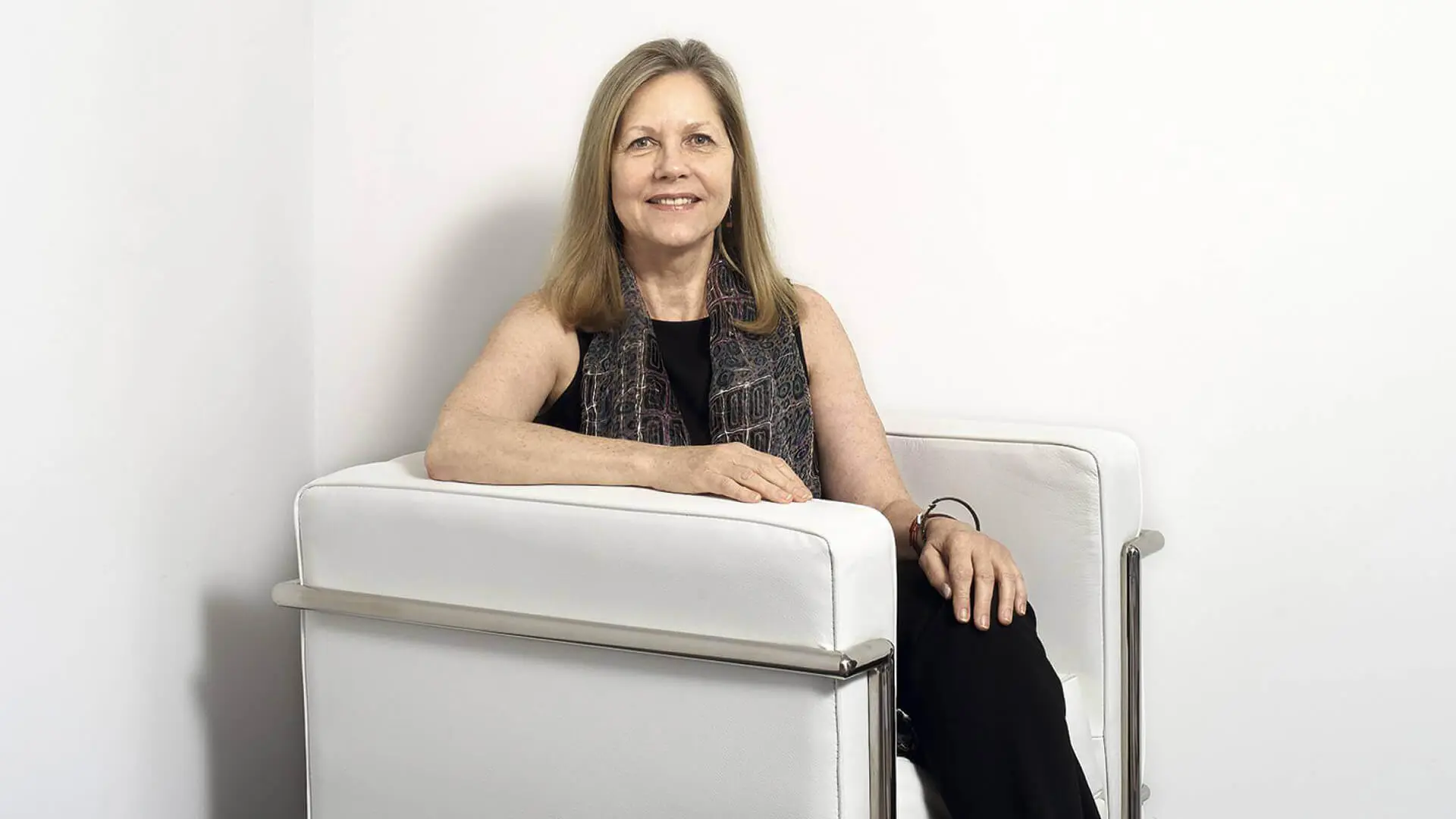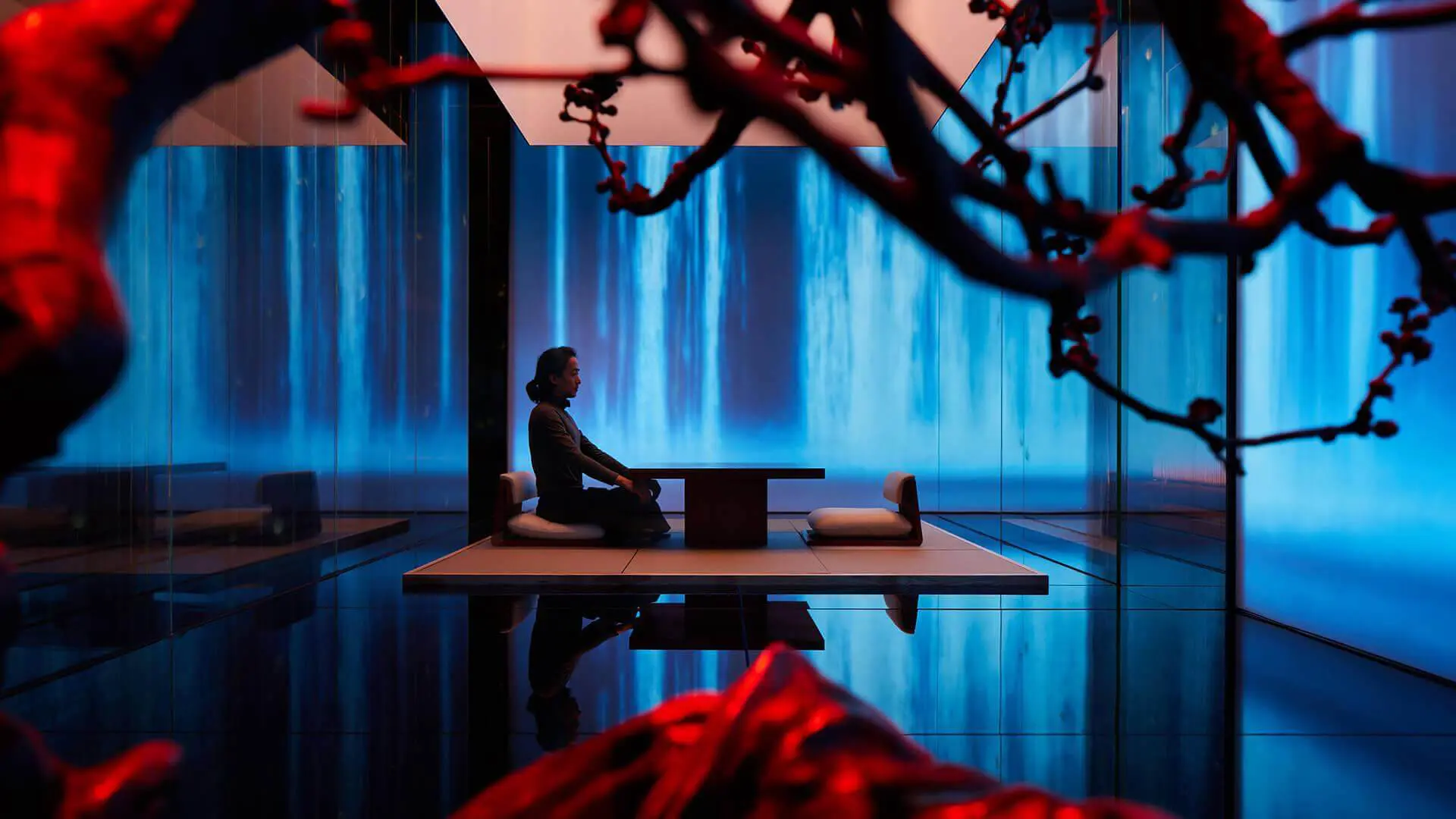“Design the Future” by Ph.D. Cateriana Sposato: sustainability = nature + technology
Known for her revolutionary design strategies, Dr. Caterina Sposato is leading the way for a sustainable future.
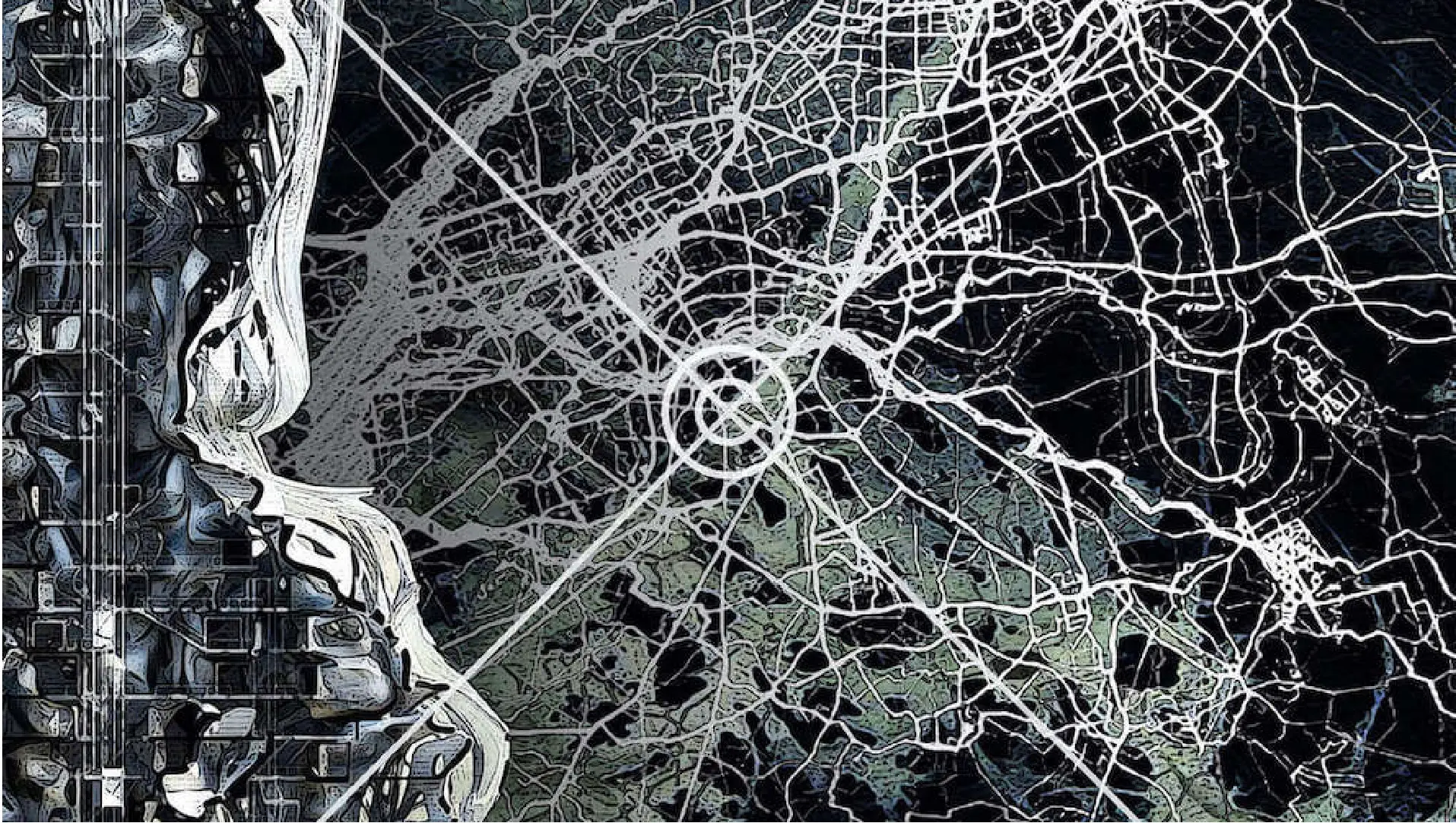
With a Ph.D. in Advanced Technology for the Future of Architecture and Design, Doctor Europeus in Sustainability and Climate Change, and as a creative futurist educator, Caterina Sposato is a visionary leader who focuses on creating futuristic and revolutionary strategies that combine biology with computing technologies to understand the future of design and architecture. Her work focuses on finding a conscious approach to suggest sustainable strategies and techniques for shaping a better future and it is through this premise that she founded, Design The Future.
As a research education and development consultancy firm, Design The Future develops architecture and design projects that continuously challenge the boundaries of what is possible through an ever-evolving process. It is clear Caterina Sposato’s work leads the way for a revolutionary and sustainable future, interested to know more about it, DesignWanted interviewed the Doctor and found out more about Design The Future, what lays ahead, and her futuristic ways.
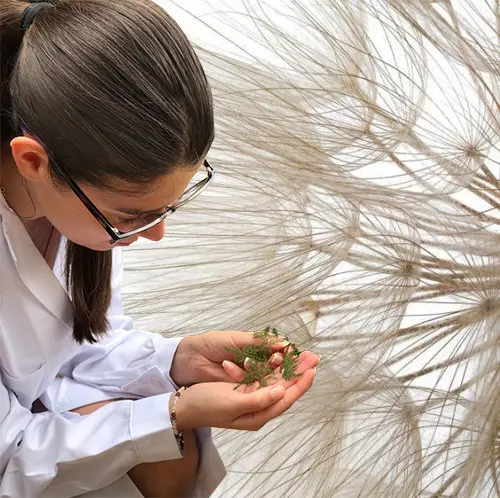
Who is Caterina Sposato? How did the journey for Design The Future begin?
Caterina Sposato:
“Caterina Sposato is a creative futurist educator in architecture, art, and design. Ph.D. in Advanced Technology for the future of Architecture and Design and Doctor Europeus in Sustainability and Climate Change (the Mediterranea University of Reggio Calabria + AA Architectural Association of London), she is known as an Environmentalist and Sustainable Leader and Adviser.
Her futuristic revolutionary strategies combine biology with computing technologies for a better understanding of the future architectural and design field. Caterina is the founder of Design the Future and the Head of Department and Professor at the Marbella Design Academy in Spain, UK partner – the University of Bedfordshire – where she is trying to develop and leads a new pioneering sustainable department of Architecture and Interior Design.”

“The journey towards Design the Future has always been part of my life. I have always been a visionary. My biggest dreams as a child were: planting tomatoes in Africa – which I saw growing under the hot Calabrian sun – to fight world hunger and to create not just an equitable world but also an aesthetical place where to be happy through beauty. My dreams never went away; they just matured over time.
I believe that providence has always guided me on my journey. I chose to study architecture, a discipline that allowed me to bring together as many interests as possible: science, art, biology, astronomy, technology, economy, and a lot more. Within the Italian University, I fell in love with the concept of the avant-garde. I started travelling and studying in the most advanced academies in the world to explore how to create a new vanguard. I had to find a way to make my dreams come true. This time was not planting tomatoes around the globe, but in general, finding a conscious approach to suggest sustainable strategies and techniques for shaping a better future.
Researching for my Ph.D. at AA, I have learned how to be a futurist and Design the Future is the place where finally my dreams are about to come true.”

Why Design The Future? why focusing on the investigation, progression, and realization of sustainable innovative architecture and design?
Caterina Sposato:
“Futuristic architecture, through utopias and avant-gardes, is recurrent in history and manifests itself essentially in periods of regression or progress, or when a feeling of desire arises as to the need to create a different (future) lifestyle. It is quite evident, how the current historical period – coinciding with the crisis of the capitalist West and the uncontrolled technological revolution – represents the time in which to place – once again – new visionary points of view.
If we talk about future visions, it is clear that sustainability must represent strictly intrinsic value.

The main objective is to understand that we are in a period in which it is necessary to develop new futuristic strategies – not absolutistic dystopian rules but rather intended as a method of research and experimentation for the aesthetic progress of our life in general.
The historical economic and social graph, which relates to crisis and progress, is nothing more than a Gaussian curve. From the dark times, the revolution arises almost always dictated by new scientific-technological discoveries. Such discoveries guide all arts. Architecture and arts, in general, responded to those discoveries through vanguards. If we keep following the same process, it is evident how, in the current time, the world of architecture and design cannot continue in its latent state, it must allow itself to be influenced by creative innovations.
The Spanish architect Josep Lluis Mateo said: “I think we need inventions in this world. Designers who create the same bathroom for years, in the end, will have created a wrong bathroom”.
Following Mateo’s thought, I would like to believe we need new sustainable inventions in architecture and design – influenced by the innovations offered by current science and technology – or in the end; we will have created a wrong unsustainable world.”

Your latest work involves making useful products from whole organisms or parts of organisms, such as molecules, cells, tissues, and organs. Could you tell us more about how designers are using biology and biotechnology to shape the future?
Caterina Sposato:
“One of the main characteristics of Design the Future is the multidisciplinarity combination between life-science biology and architectural digital technologies. The digital revolution represents a design revolution that is comparable to the invention of perspective. Using technology to observe and interpret biological forms and processes, it is possible to imagine new complex forms and new ways of perceiving architecture and design.
Starting from the assumption that science is an architectural art, and biology is the method of understanding this artistic-architectural process, it is easy to imagine how biological mechanisms can suggest new ways of perceiving architecture in its forms, systems and technologies.
Everything that is observable in the shapes and geometries of the macro and microcosm is first of all transformed into a concept of digital experimentation, through computational processes for the generation of organic and complex forms, then into real experiments for the prototyping of materials, forms or finished products.

There are several approaches studied and tested in the world of architecture and design: biomimesis for the topological space, biomimicry isomorphism, kinematism. All of these use bio-genetic algorithms derived by observing the nature of the life-science world.
Branko Kolarevic, in Architecture in the Digital Age: Design and Manufacturing (2003), recognizes in the digital biotechnology, the basis for the dissemination of new categories of avant-garde architectural movements: Digital Architecture and Design, Topological Architecture and Design; Isomorphic Architecture, Animated Architecture, Metamorphic Architecture, Parametric Design, and Evolutionary Architecture.

The theoretical currents conceived are also diverse, including the Cybernetic theory of Gordon Pask, Cedric Price and John Frazer (in London), the theories of Bio and Nano technology by Nicholas Negroponte and Neri Oxman (at MIT) or Marcos Novac and Greg Lynn, able to explore new technologies capable of influencing the visionary architecture between the virtual and the real, the animate and the inanimate.
Both trends, whether based on a purely robotic formal evolution or based on the evolutionary principles of biology, they work on the experimentation of another dimension of the form: the performance. Architecture is understood as a living, dynamic, performative organism.”

With the Covid-19 pandemic the use of plastic has been increased. Your work on protein bioplastic shows it is a renewable biological raw material, could you tell us more about this project how it can be related to the current situation?
Caterina Sposato:
“Plastic pollution is getting worse with the Covid-19 pandemic. With the current situation, plastic represents a global daily arm of protection. Governments are demanding the use of single-use plastic equipment for the protection of workers. Just in Italy, during the pandemic, half a billion gloves per month were used.
According to a WWF report, “if just 1% of the masks were disposed of incorrectly and dispersed in nature, this would result in as many as 10 million masks per month polluting the environment”. Re-using the same disposal to reduce the waste consumed could be a solution but hygienically speaking is not sufficient. Why? When reusing a PPE, we carry the virus for days on the surfaces.

While designers and stylists are investing in creating their own brand disposal, every day, streets, lands are constantly covered by medical and protective plastic waste: gloves and masks particularly. So if masks, gloves, gowns and disposable bags are indispensable, especially during a pandemic, we need to think of a new way to produce and design them, reducing or abolishing completely the devastating impact of plastic on the environment.
Design the Future looks at the future. Pandemics are not just a current situation, but a futuristic scenario that could be repeatable. Being prepared taking into consideration the bad side of the medal is a smart strategy for the future health of our planet.
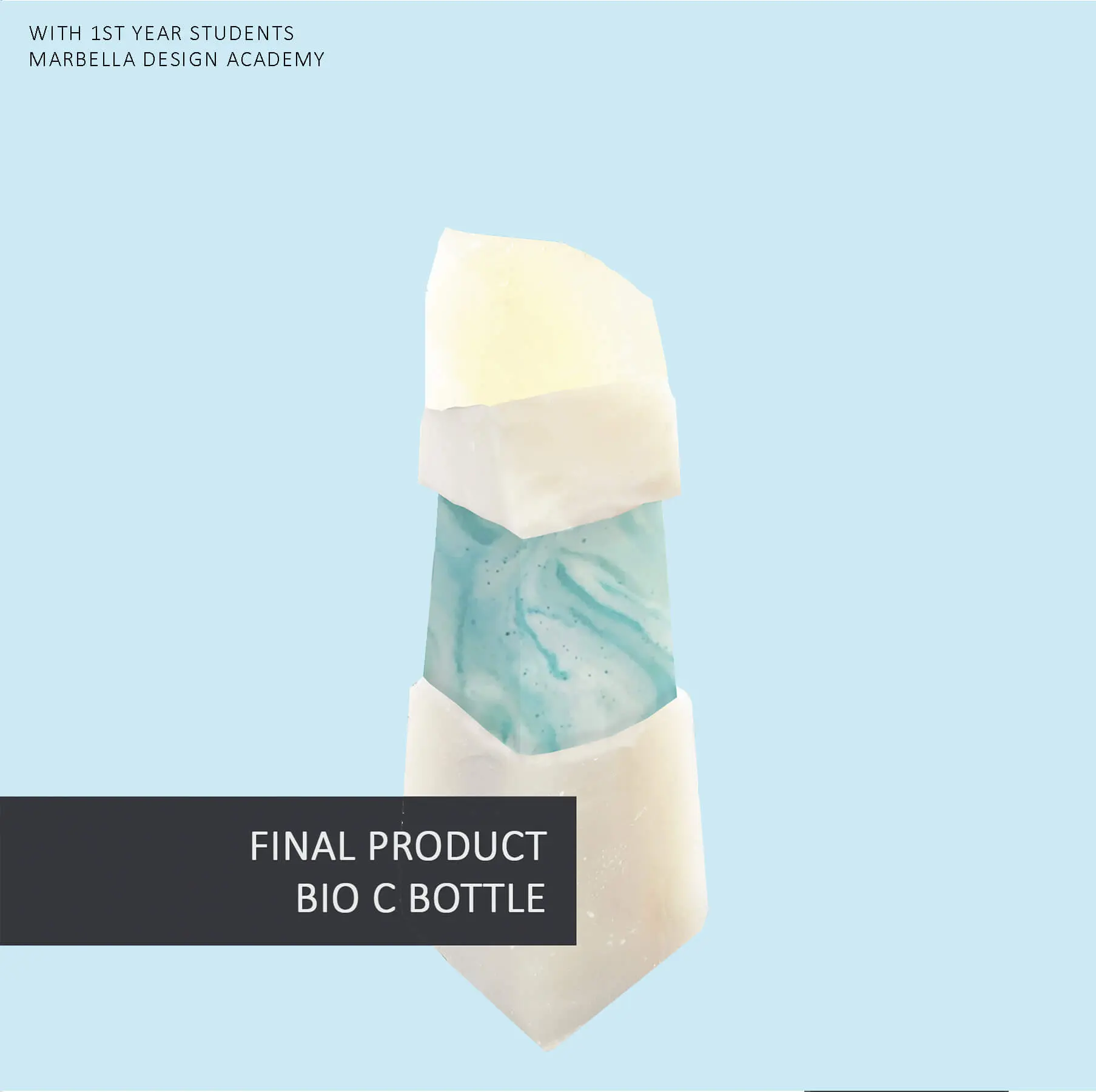
As the challenge gets bigger – each day, we use up a little more of our global carbon budget, and the corresponding impacts also increase – old solutions no longer make sense. Protein-based plastics are a new sustainability challenge in terms of domestic materials.
PROTEIN BIOPLASTIC is a renewable biological raw material fabricated with only vegetable matter. There are different protein sources such as milk, soy, oils, algae, etc. Bioplastic based on vegetable starch is already used for packaging and bag disposal. Could be used for disposable gloves for supermarkets, petrol stations, food shops etc. Bioplastic based on algae is flexible and resistant, could be used for masks or almost replace all types of plasticized items.
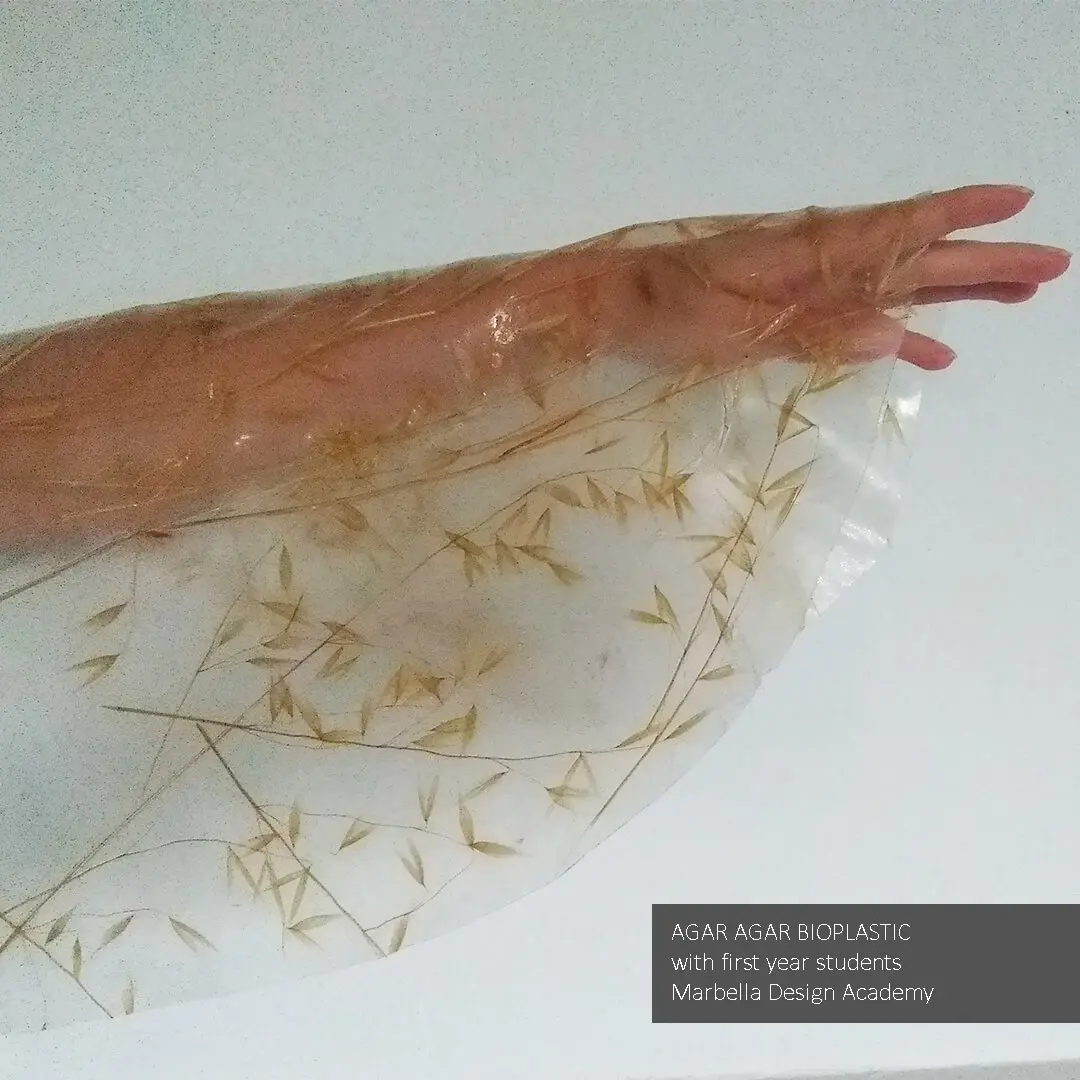
At the Marbella Design Academy, we worked with first-year students in order to achieve innovative bioplastic materials and energy-saving while reducing the environmental impact and thinking about the impacts of an object’s entire lifecycle. We have succeeded in obtaining leader bioplastic obtained from the refusal of restaurant coffee, a flexible and transparent bioplastic based on multi-use algae, and hard plastic based on eggshells that can be moulded into any shape for everyday use. All materials created are designed thinking about high aesthetic quality standards.
Currently, in collaboration with the extremely talented Krisztina Czika, artist and Design teacher at the Design Lab, Gerrit Rietveld Academy, we are guiding students to produce innovative bioproducts for the Green Design Award. We are working with a young visiting internship student from India, Ayushi Chaintha, in producing innovative biomaterials. She already produced bioplastic packaging for street food and a bioplastic banana bag using fruit waste. Our new goal is to create sanitary disposal for women. Menstruation remains a taboo topic around the world and many women in India suffer for the lack of access to menstrual products. We are experimenting with a new organic antibacterial bio absorbent plastic.
In general, almost all flexible and one-use plastic could be easily replaced by bioplastic, reducing carbon footprint, providing energy saving in production, and using just natural and organic raw ingredients like corn, potatoes, algae, fruits waste, herbs, shells, and a lot more.”

One of the concepts you mention is Biology shaping the future of architecture and design. What are the main trends & future directions within sustainability in design and architecture, and what do you think of them?
Caterina Sposato:
“The concept of architecture inspired by biology is intrinsic in the history of architecture itself. Humans have always drawn from nature to build civilization, but using nature as a muse for decorative purposes. In ancient architecture, nature was used as the main rule to achieve beautiness through the harmonic asymmetry of creation and its forms.
The failed modern style and its speculation into its rigid doctrines, destroyed the relationship with the biological approach. Within the post-modern radical style, architects and designers are finding the solution in inserting a faded image of nature in their projects. Speculating on the word “environmental sustainability”: a few corners of lawn, green roofs and a few potted plants are nothing more than an abstraction of nature spread in the building. It is an uninspiring approach that lacks in complexity, depth and order.
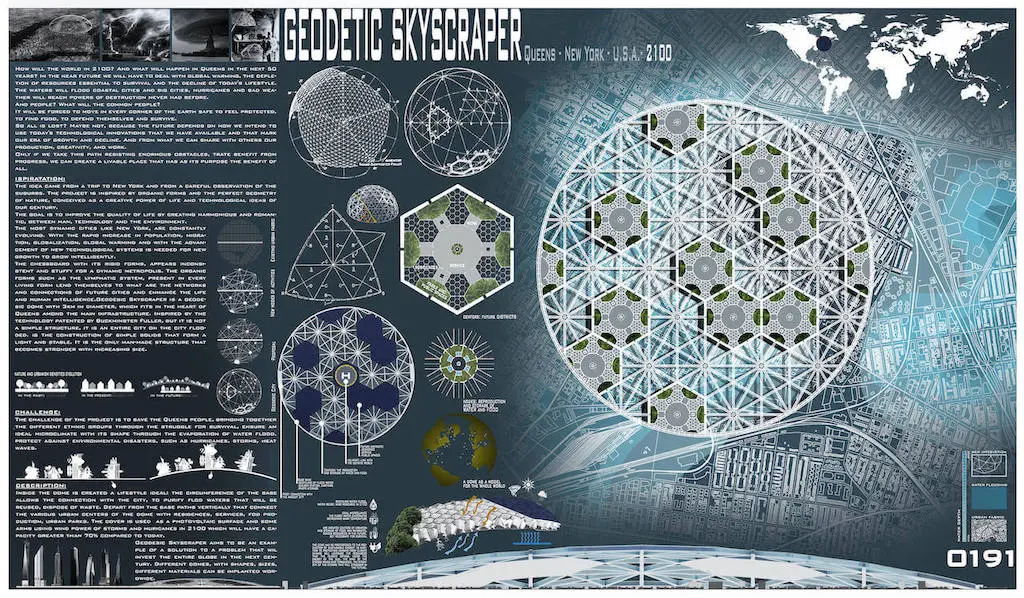
What is making biology able to shape the future of architecture and design is the access to advanced technologies to understand biological natural processes that we can translate in the shaping of our building and design objects, treated now as living biological organisms.
Architecture is not just a finished image, but it has an etheric essence. In this case, the form goes beyond its materialization of the architectural work. Rather, it can be traced back to the visible aspect of the essence of things or ideas – regardless of the presence or absence of a material physicality or the volumetric result – the form becomes the condition through which reality is interpreted, to manifest itself as an archetype of thought, in the architectural image. The combination of biology and architecture can not take place just in the decorative stage.
The architects and historians Eran Neuman (1968) and Yasha Jacob Grobman (1967) stated, in their essay entitled Performalism: a manifesto for architectural performance, described how the period after 1970 was marked by a small number of architects capable of developing the potential due to the integration between the use of digital technologies and composition for architecture. The forms made became more and more complex but the results obtained most of the time remained unrealized images.
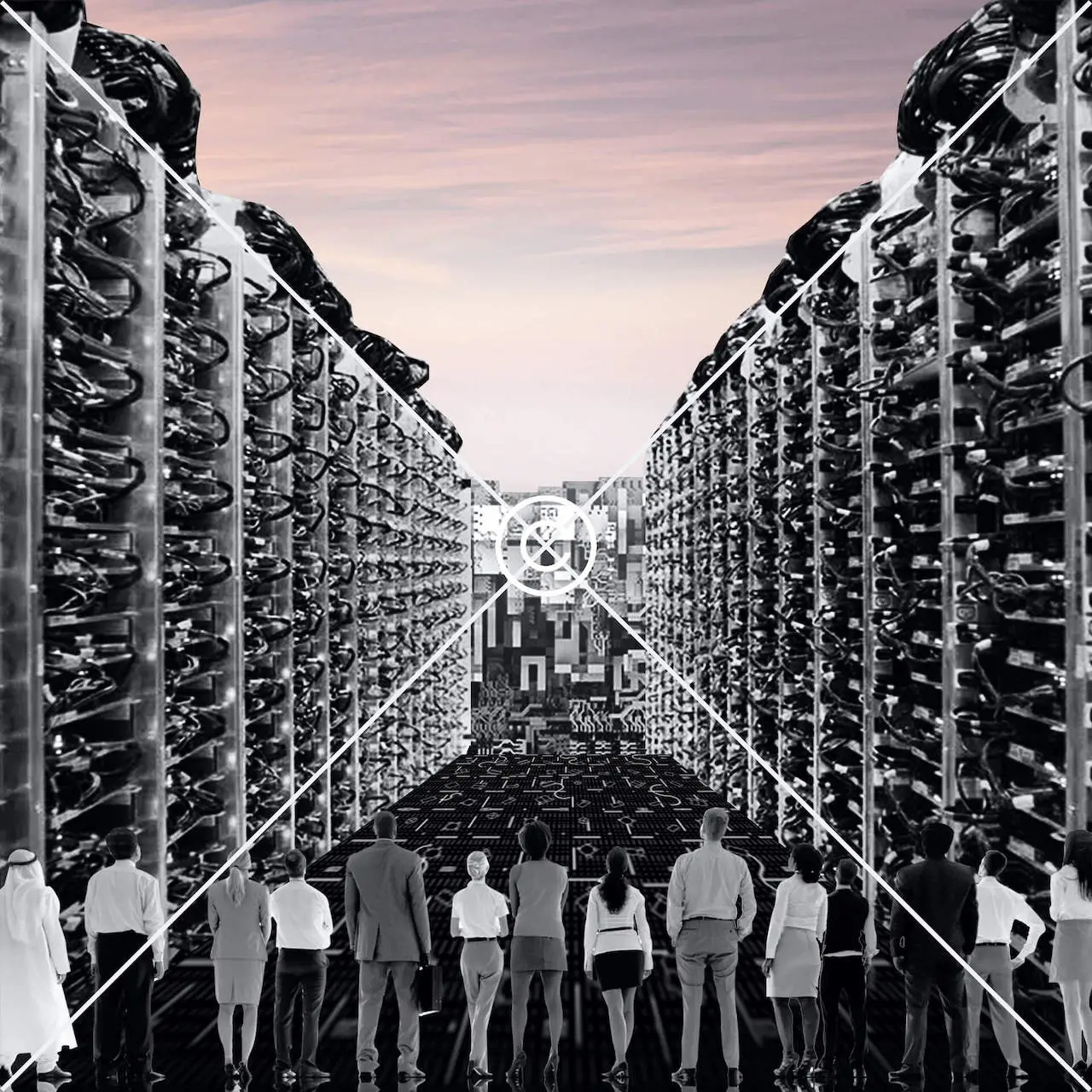
Within the complex results obtained by the use of algorithms and codes, it seems impossible to continue designing euclidean geometries and simple forms, when one possesses the tools to generate, with the same immediacy and ease, curvilinear and dynamic surfaces. A typical trend of a culture that can be identified as image, media and/or digital.
The unlimited formal solutions, created by the power of digital software, risks falling into the creative inability of those who use them, with the final result of a banal copy of previously experimented forms derived by applying coding processes and algorithms methods previously experienced and available in manuals or tutorials.
Architecture magazines are full of images of organic and unrealizable buildings digitally designed by copying/imitating codes and algorithms. Results are images similar to living organisms with industrialized materials. It is evident how the approach could easily be transformed into an unsustainable icon production methodology. For example the shape of a giant mollusc represents only an abstraction imposed on a building but the process of living of a giant mollusc, could maybe suggest some answers in the building problems solving.
In contemporary design, the change in the formal paradigm, inevitably requires a profound theoretical and creative education. The technological impact actually has much deeper and more complex implications. Is where Design the Future, as an educational organization, is placed: biological processes can be used in generative, or software-guided, design.

We have all the tools necessary to create an architecture that attempts to change the future of the cultural lifestyle of our cities. Workplaces and entertainment are becoming virtual, shops and infrastructures are getting smarter. The way of living also changes. Our contemporaneity represents the place of a new revolution and as in the past, it must, therefore, be combined with the emergence of a new sustainable technological approach.
In summary, biology should not be used as a speculative formal inspiration of complexity digital images but as the process of ideation of performative architecture. This method of experimentation is widely used in our contemporaneity and, if combined with a strong poetic and visionary charge of architecture, it could be enriched with an evident creative power for the manifestation of new realities. Architecture becomes animated, alive, as a sensitive organism capable of interacting with the surrounding objects and forms and satisfying the needs of those who live it.”
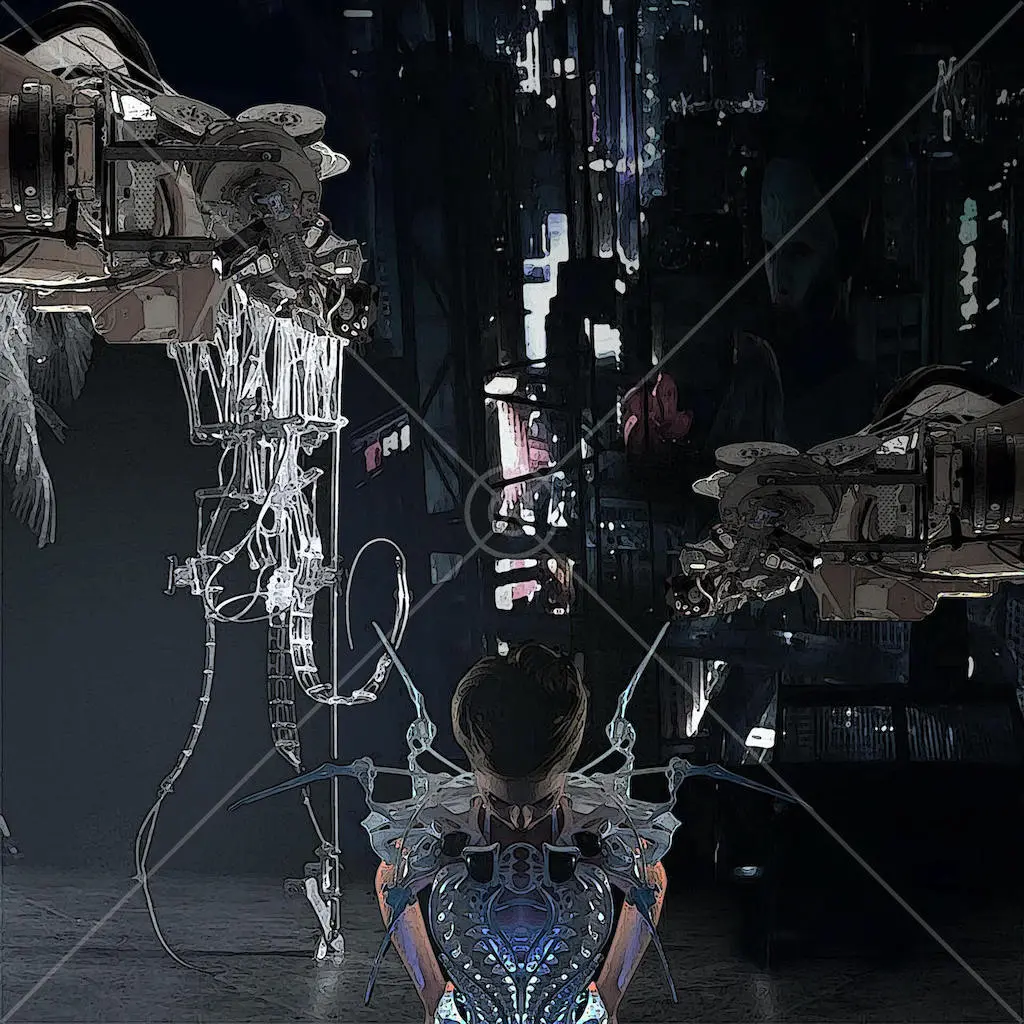
With projects continuously challenging the boundaries of the possible, what is the next step for Design The Future?
Caterina Sposato:
“Design the Future is in its early stage within its website design construction and the Instagram channel as the main platform for social interaction. We live in a digital era where everything is displayed by images. Young generations are attracted by short information and attractive pictures. Instagram is the most popular social media in the current visual era. The main goal is to use the platform as a teaching and research tool.
Design the Future, in fact, is currently used as a futuristic educational platform, where to share research, investigation, experiments, visions and any sort of ideas for the future lifestyle on our sensitive and sick planet; through the use of the combination between nature’s aesthetics and innovative digital and robotic technologies the educational project encompasses a variety of topic including creative and innovative sustainability, design strategies for our current Anthropocene and alternatives to the future of global warming.”

The next step for Design the Future is to become a physical hub where to develop an advanced sustainable programme for computational design. The goal is to push the boundary of current technologies in the fields of parametric architecture, robotics, digital manufacturing and 3D printing using bioplastic materials and processes.
The goal will be to prepare the main collection of biomaterial 3d printed design vassals, created by parametric biological processes. At the moment the collection is merely digital while working in a full organic bio-material design able to be used further by 3d printers and robots.

For the implementation of the vision, there is a need for funds and investments for the research to which I am ambitiously applying.
As a futurist and visionary leader, my approach is optimistic. I firmly believe we are in a new era of revolution/evolution. Futurists need to guide trends in the market and industry in which they operate. My mission as a visionary leader in the world of education is to shape future generations as new sensitive designers, for a world where science, technology and art are combined for an innovative sustainable society.”



